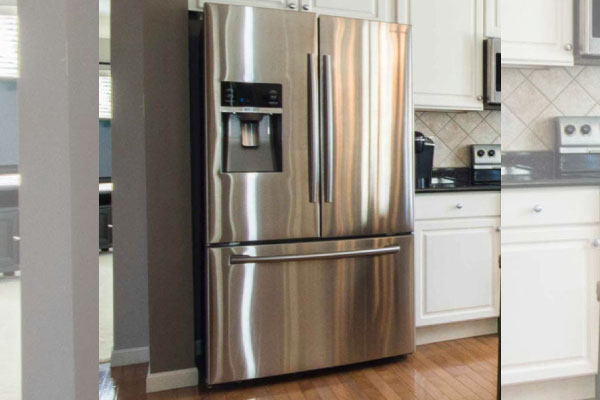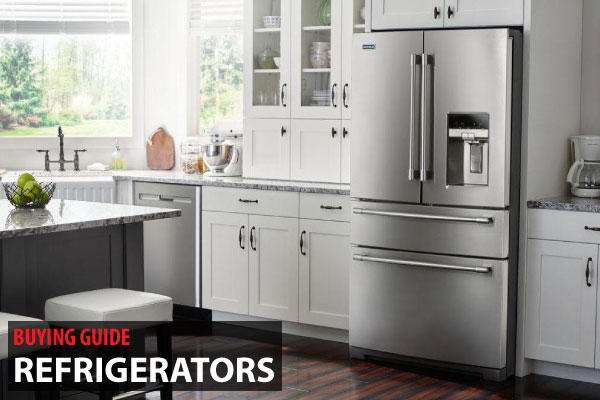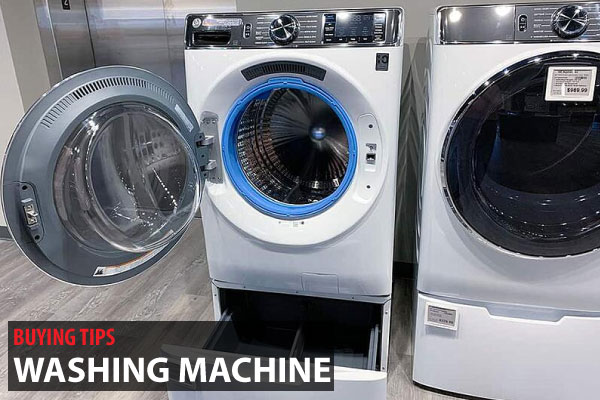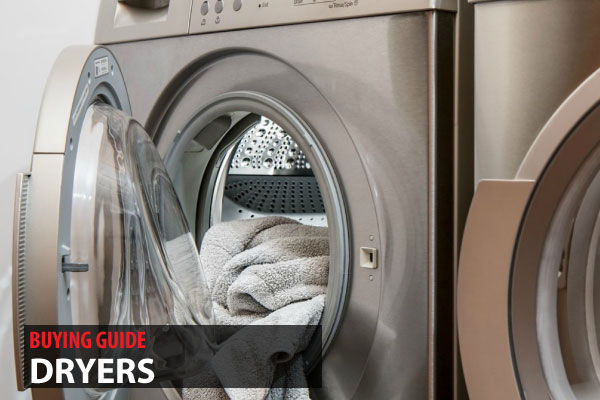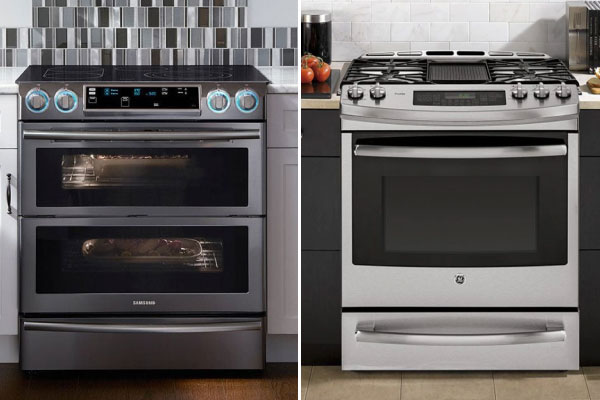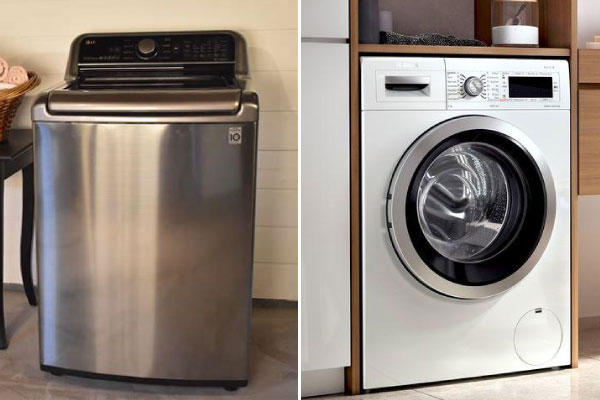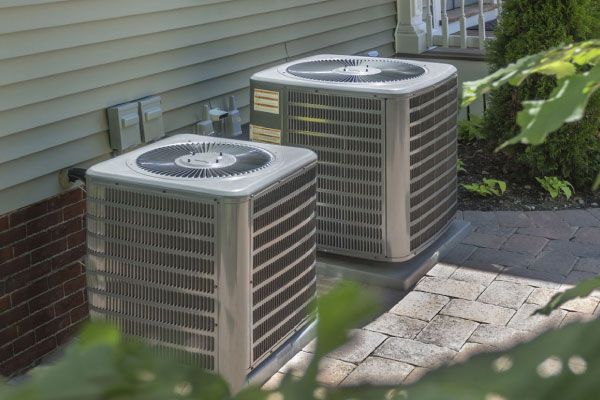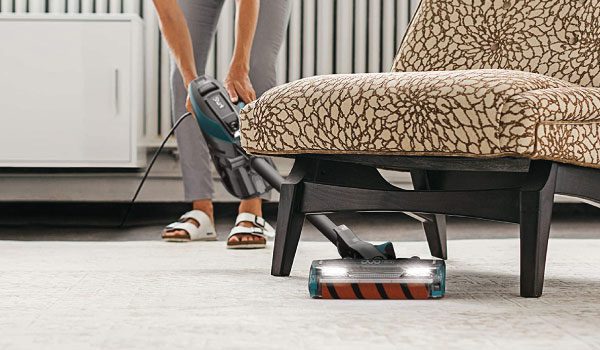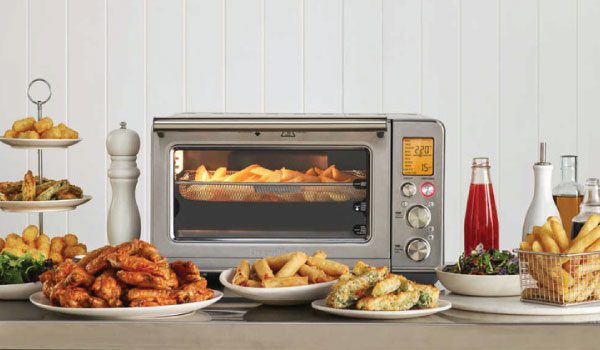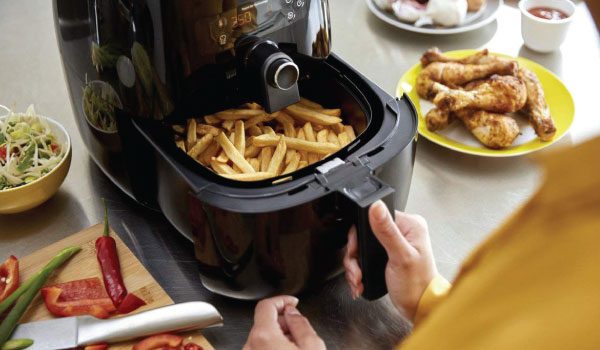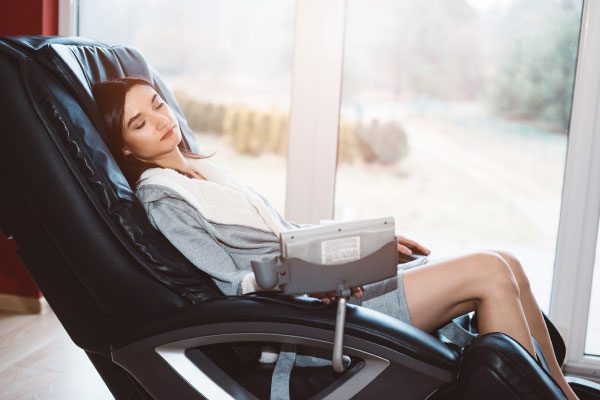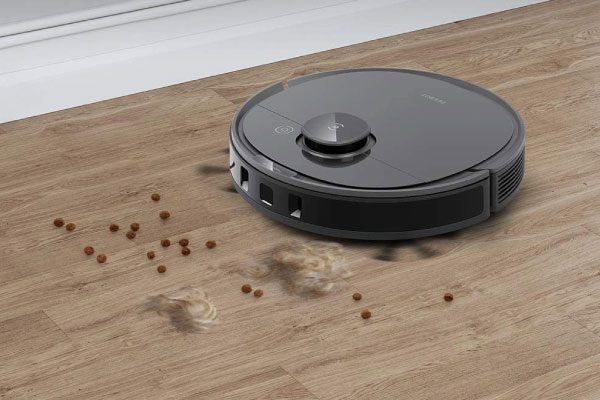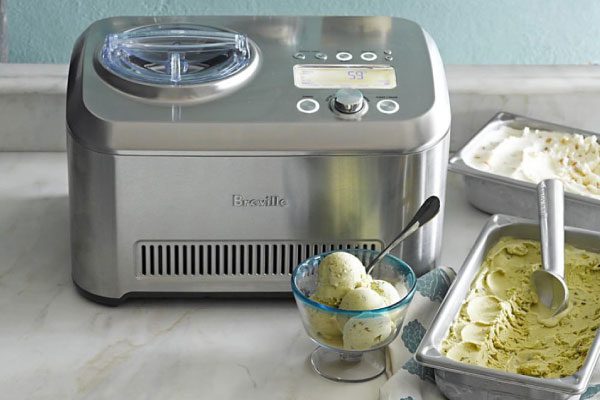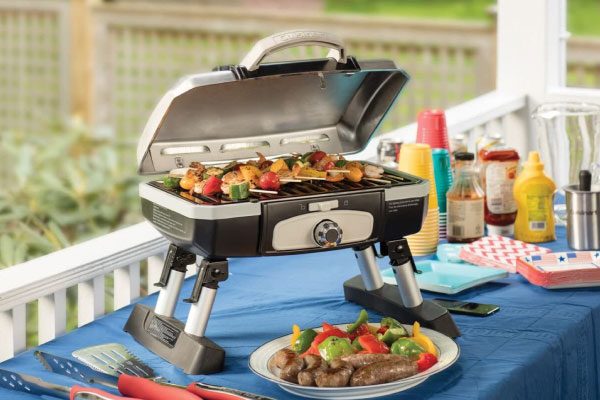Water Heaters Purchase Guide
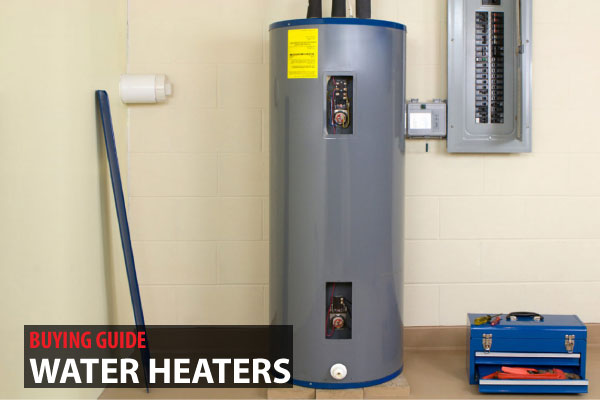
Heating water accounts for nearly 20% of one’s household budget which constitutes a burden too many average American families. And, if lately you started passing more time right at home as a result of the pandemic, your usage and probably costs have increased. Despite their high cost, water heaters seem to be frequently neglected until they fail, leaving you without hot water or potentially a waterlogged basement.
Peradventure your heater starts getting old and you’re considering replacing as a precautionary measure, you’ll be pleased to learn that you now have more options thanks to government regulations requiring they be considerably energy-efficient. In most cases, homeowners substitute their old fashioned heater with a similar model that uses the same energy source like electricity or gas. Moving from a heater with tank to one without tank can be costly because it necessitates retrofitting your plumbing or even your electrical fittings. Going for a tankless heater might be great for your budget whether you’re constructing a new house or expanding on to a pre-existing one.
How Do We Rate Water Heaters?
Most gas heaters and the electrical tankless heaters from manufactures like Noritz, Bosch, Trutankless, Rheem, Navien, Rinnai and Tempra were recently tested by Consumer Reports.
The results were from two Rheem tanked heaters, ones is an electric heater and the other is a gas heater and also a modified electric pump heater from Rheem. We compared the performance of gas and electric tankless water heaters to other conventional tanks after a “high use” industry standard test. A high draw format was adopted in the test, which approximated to 84 gallons of water daily. This implies a daily equivalent of many showers, running of dishwasher, washing a load of clothes, and repeatedly turning the tap on and off. The test employed a target exit temperature of 120° F with an inlet temperature of 58° F for the gas models and 74° F for the electrics.
We summed the outcome of each batch, gas and electric, and examined the score with relations to the result of the gas and electric water storage tanks, as well as the electric heat pump a, because the tankless water heaters performed so similarly.
Consider Capacity
A tank heater has a carrying capacity of about 40 to 55 gallons. Any size you need to purchase is determined by the size of people that reside in your house and your maximum water consumption. In a normal day, a family made up of four might take multiple showers, use dishwasher, or do a load of laundry, using up to 100 gallons full of heated water. However, that does not imply that the family must go for a capacity of 100 gallons storage tank.
Water heaters short of 55 gallons now get a 4% efficiency boost, whereas water heaters of about 55 gallons and above have efficiency benefits of about 30 to 55%, but it has to do with technology used either condensing or a heat pump; as a result of newly amended efficiency regulations.
Varieties of Heaters

You have options which rely on the amount of hot water which consumed by you and your choice of heating up the water with either an electric source or a gas source. There are some models which cost only half the energy as consumed by the conventional models. However, because of the additional future costs, there will be a longer payback period.
A Storage Tank Heater
The most popular variety of heater is a storage tank. These are made up of a tank which is insulated for heating and storing heated water until it is needed, after which the exit pipe will do the its job.
A relief valve for either the pressure or temperature is also included, which is opened if either reaches a predetermined point.
Natural-gas heaters will take only half of the energy taken by the electric heart when in use. However, gas model may actually cost more when buying.
A Tankless Heater
Instead of storing the water, a heating coil is used to heat the water to satisfaction in tankless heater. They use less energy than the storage tank. However, they only produce a small amount of heated water each minute—around 4 gallons, which is dependent on inlet temperatures of the water.
They’re excellent for those who don’t need water for just a purpose at a go, such as using the dishwasher and shower at the same time.
Tankless types are ideal for homes which heat their water with natural gas; electric models may necessitate a costly upgrade to fit in the capacity of the home electric system.
The Pump Heater
Heat is captured from air and transferred to heat the water via these devices. They consume around 60% less energy compared to traditional electric heaters. While they are more expensive than just-electric ones, they are easier to install and have a shorter payback period. However, they do not perform well in extremely cold environments and must be subjected to a temperature range of 40° F to somewhere between 85 to 90° F.
Hybrid heater requires up to 6 feet of space from floor up to ceiling due to the heat pump on top. To absorb enough heat from the air, one will also need an uncooled cubic area of about 1,000 feet, and will also need to remove the condensate through a drain.
Solar Heater
In a closed-loop system that runs to the water tank, a cell mounted on a roof absorbs the sun’s heat and sends it to a fluid which looks like an antifreeze, the greatest offer excellent summer savings, making them appealing in hot, sunny climates. On cold days and foggy days, though, savings diminish. The majority of models have a backup mechanism that takes over when it’s desired.
Even with some federal cum local rebates, the cost of purchasing and installing solar system could take between 10 to about 25 years to recuperate.
Considerable Specifications
Warranty: You can get a 3 to 12 years warranty. But you can get more years for a little extra cost. Also, this version of heater could help you safe energy because it has larger burner and better insulation.
Devices for Anti-scale
Most models offer water swirling characteristics that are meant to reduce mineral scale formation at the tank base. Although scale can affect the lifespan of the element that produces heat, you need not spend a lot of money to have a long-lasting water heater. Simply seek for one that comes with a warranty o up to 12 years having an element which is thicker or longer.
Which drain valve? Plastic or Brass

It is found at the bottom of the heater and is used to get the heater drained with a hose for the garden. Drain valves made of brass last longer than the ones made of plastic.
The lined Glass
They serve as anti-rust.
Digital Displays
This is helpful in heating level management and operations adjustment. If you need only minimal use and only when necessary, you can choose the vacation mode and that will work perfectly for the hybrid heaters in the electrical rang. Collector temperature and pressure reading are some features of the solar heater.

